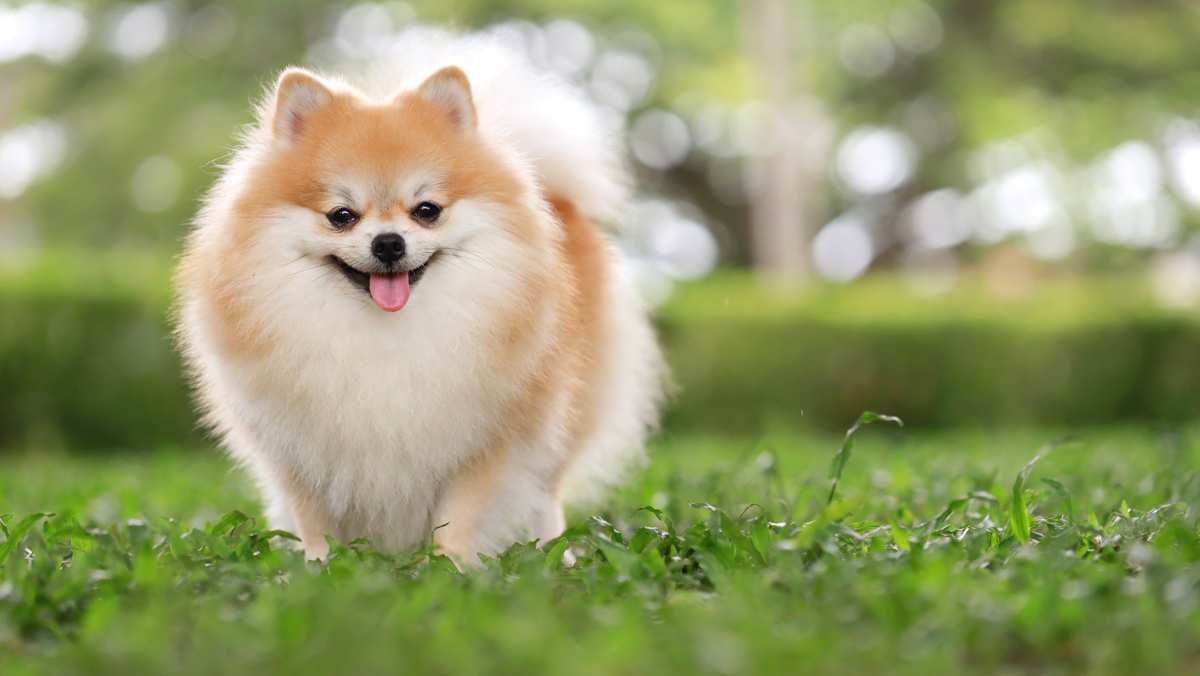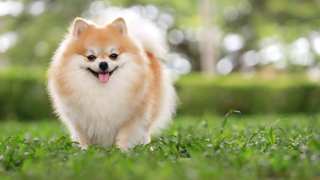Pomeranian Breed Details
Because they are such popular dogs and they have been domesticated in different ways the world over, there are a lot of Pomeranian facts that you may not know. These dogs were originally bred to be personal guard dogs. They were also exterior watchdogs in palaces and castles as they were extremely alert to anything that moved. These days, they tend to be personal companions that are high-strung. They are not the best watch dogs because they bark at everything that moves, especially around kids. They are not at all good guard dogs because, well, they tend to be very vocal fuzz balls with lots of health problems. They prefer quiet, mature people, they spend most their time beside you, and they are very difficult to train.
Below is some Pom information as well as some pros and cons:









